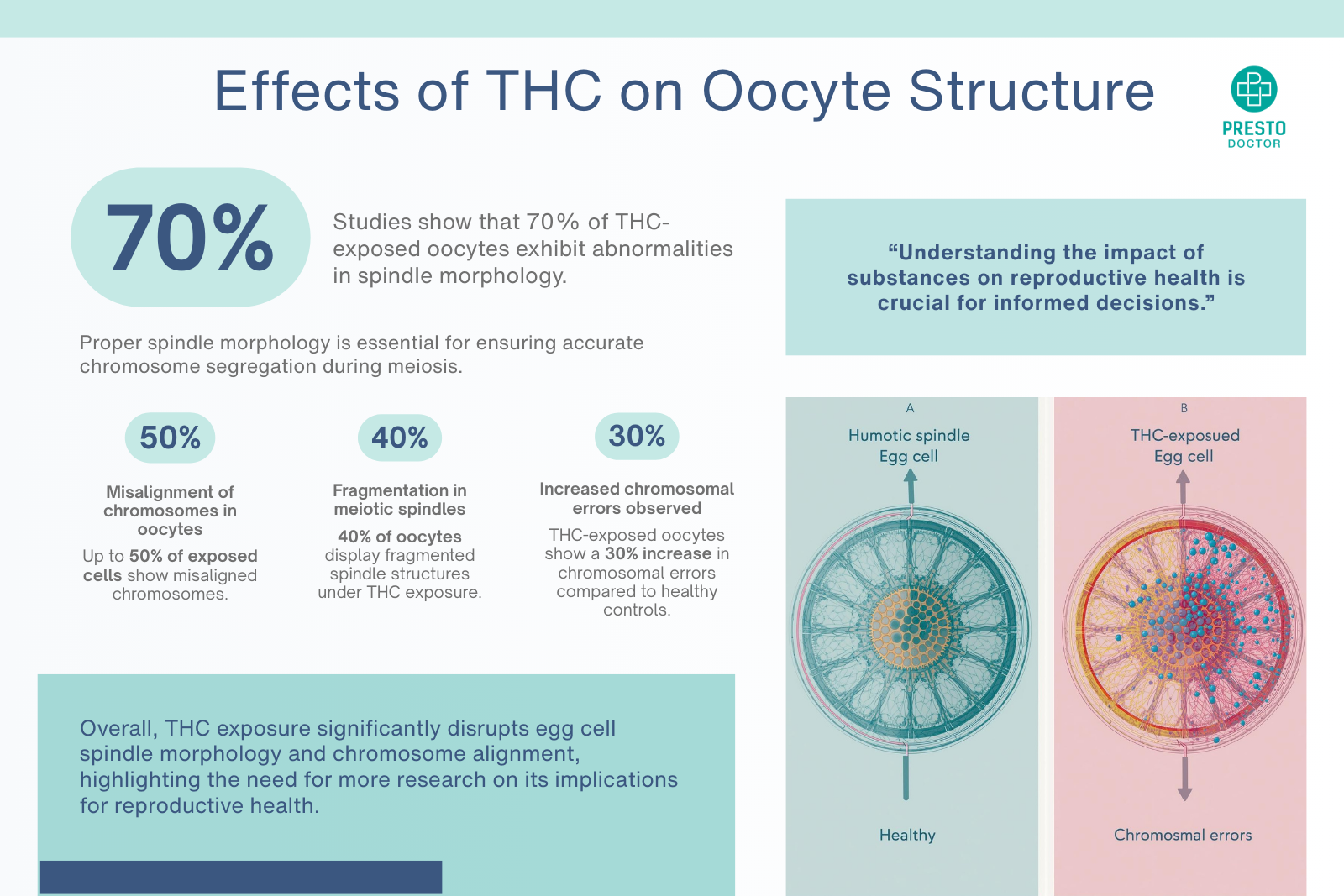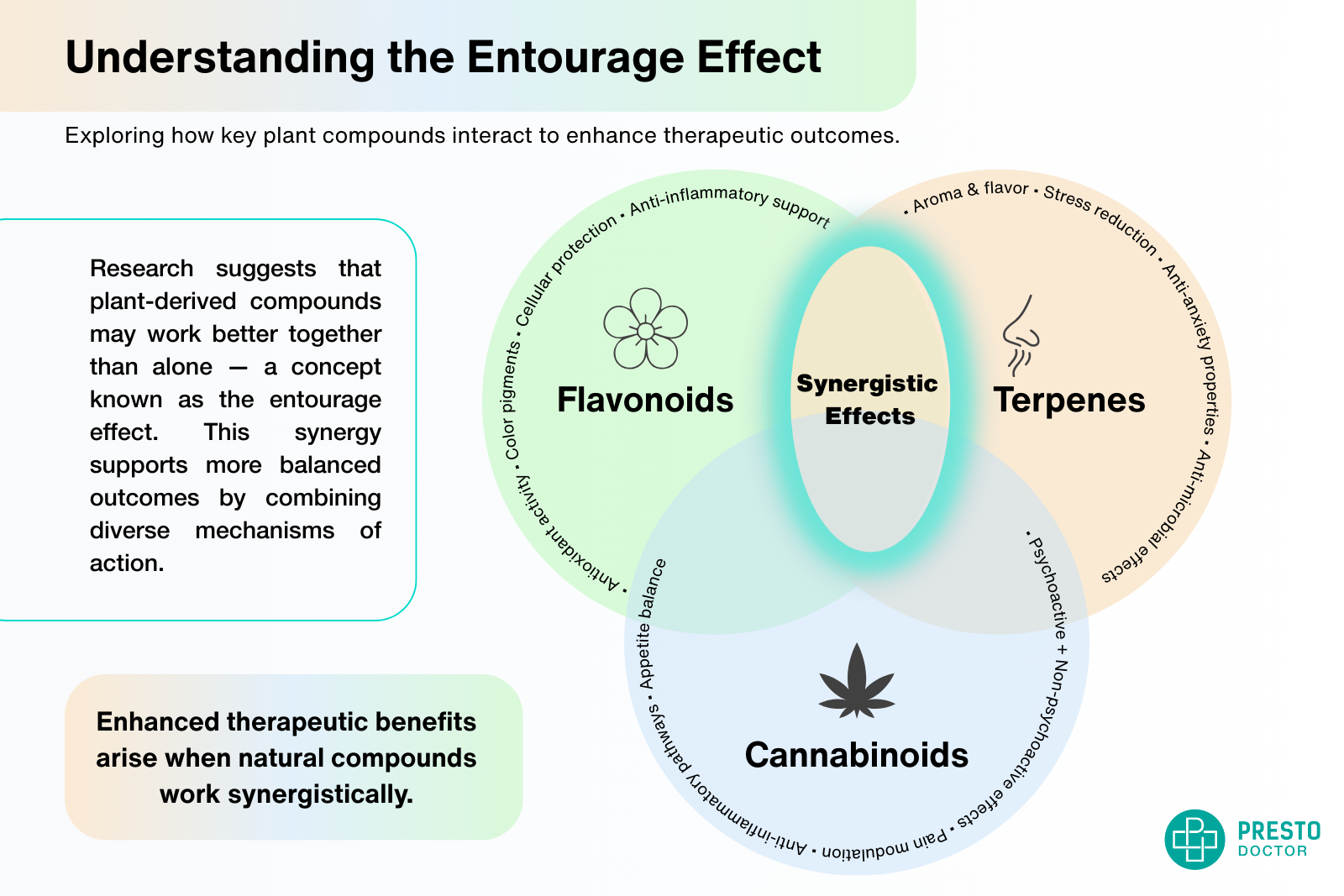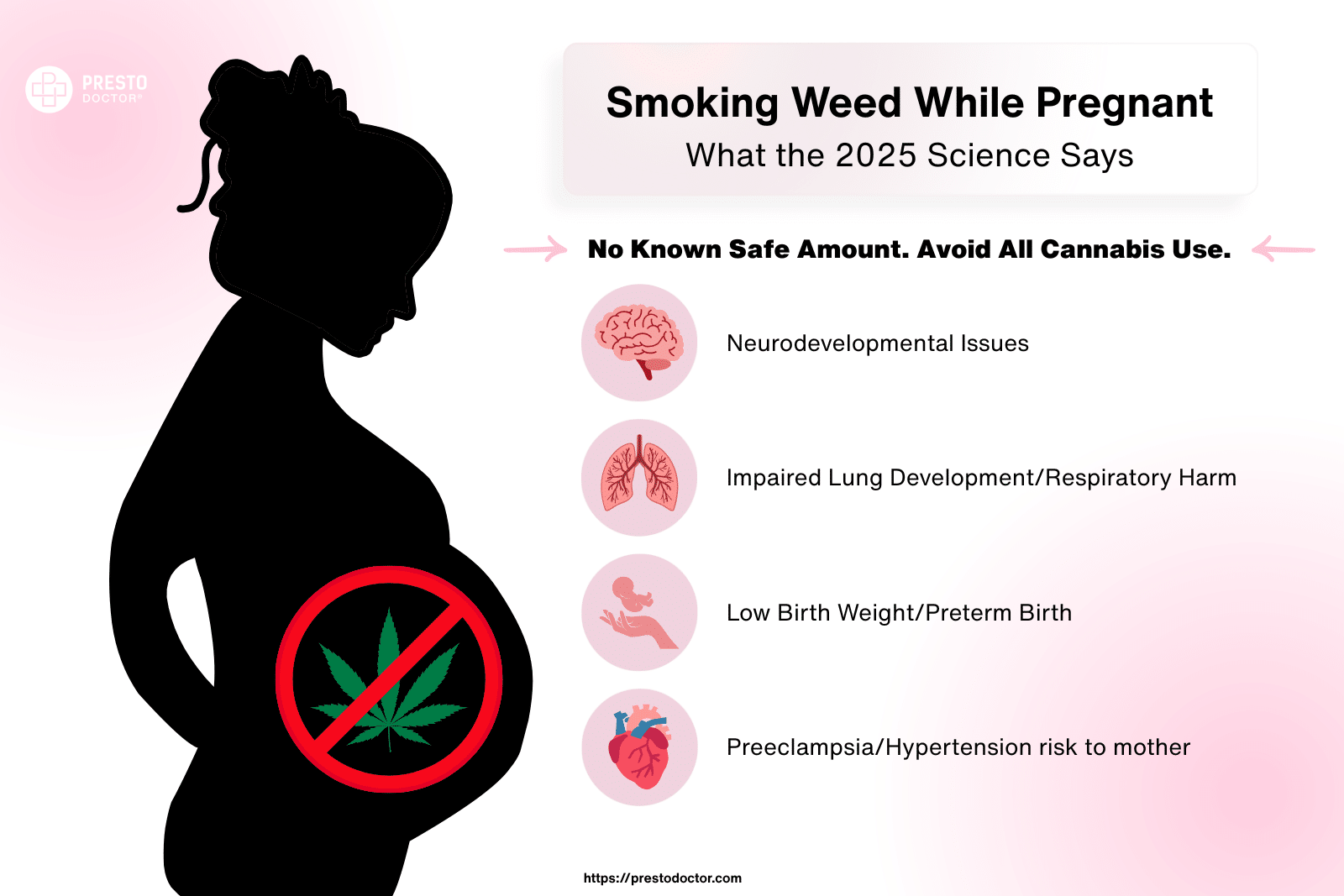
Dreaming is a complex, fascinating process that takes place during the rapid eye movement (REM) stage of sleep, where vivid, memorable dreams usually occur. However, cannabis use can significantly alter this process. Tetrahydrocannabinol (THC), the psychoactive compound in marijuana, interacts with the brain’s endocannabinoid system, impacting the sleep cycle and often suppressing REM sleep. This suppression can result in fewer dreams or a complete cessation of dreams for some users.
In this article, we explore why cannabis affects dreaming, how various factors play a role, and what happens to dreams when you quit smoking weed. Understanding these effects can help individuals make informed choices about their cannabis use and sleep quality.
How Does Weed Affect REM Sleep and Dreaming?
The Science of REM Sleep and Dreaming
REM (Rapid Eye Movement) sleep is a stage of sleep characterized by high brain activity, vivid dreams, and memory processing. It plays a crucial role in emotional regulation and cognitive function. THC, however, can reduce the time spent in REM sleep, thus impacting both dreaming frequency and recall. This is why many marijuana users report fewer or no dreams after cannabis use.
Does Marijuana Affect Sleep and Dreams?
Yes, marijuana does affect sleep and dreams. Studies show that THC disrupts the natural sleep architecture, leading to less time spent in REM sleep. This suppression reduces dream recall and may even give the impression that no dreams occurred. By interfering with REM sleep, THC can alter the natural rhythm of dreaming.
Why Cannabis Stops Dreams: The Role of THC in Suppressing REM Sleep
THC’s influence on REM sleep is one of the main reasons cannabis suppresses dreams. By reducing REM duration, THC interferes with the brain’s natural cycles of dreaming. This disruption in REM sleep explains why some users don’t remember their dreams or feel as if they haven’t dreamt at all.
Why Don’t I Remember My Dreams After Using Cannabis?
Memory Impairment and Dream Recall
THC has known effects on short-term memory, which can further reduce dream recall. While some users may experience dream suppression due to REM sleep reduction, others simply struggle with remembering dreams upon waking, making it feel as though dreams did not occur.
Does Weed Prevent REM Sleep?
Although weed does not fully prevent REM sleep, it can reduce the length of REM stages. This reduction lowers the chances of dreaming or remembering dreams, creating a sense of “dreamlessness” for some marijuana users.
Factors Influencing Dream Patterns After Smoking Weed
Frequency and Amount of Marijuana Use
The frequency and amount of cannabis consumption play significant roles in sleep patterns and dream frequency. Regular or high-dose marijuana use tends to result in greater suppression of REM sleep, which can further reduce dream recall.
Individual Differences in Dreaming After Marijuana Use
Not all individuals experience the same effects on dreaming after smoking weed. Factors such as individual tolerance to THC, genetic variations, and metabolism can influence how strongly THC affects one’s REM sleep and dreaming patterns.
How Consumption Methods Impact Dreams
The method of cannabis consumption (smoking, vaping, or edibles) can also impact dreaming. For example, edibles release THC more slowly than smoking, which can lead to prolonged effects on sleep and dreaming. Understanding these variations can help users make choices about their preferred method of consumption.
What Happens to Dreams When You Stop Using Weed?
Why Do I Dream More After Quitting Weed?
Upon stopping cannabis use, many individuals experience what’s known as “REM rebound.” This phenomenon involves an increase in REM sleep and often results in vivid, intense dreams. This surge in REM activity occurs as the brain compensates for previously suppressed REM sleep.
Why Quitting Marijuana Makes Dreams Intense
REM rebound can make dreams more vivid, detailed, or emotionally intense. This is a natural response as the brain returns to regular REM cycles, resulting in an increased awareness of dreams during the initial phases of quitting marijuana.
Will Quitting Weed Make Me Dream Again?
Yes, for many individuals, quitting weed gradually restores normal REM sleep patterns, leading to a return of dreams. While the timeline varies, most people notice a gradual increase in dreaming as the brain readjusts to uninterrupted REM cycles.
Practical Tips for Dreaming After Using Marijuana
Maintain a Consistent Sleep Schedule
Consistency is key to promoting healthy sleep and improving dream recall. Going to bed and waking up at the same time each day helps stabilize the body’s internal clock, which can make REM sleep and dreams more regular.
Reducing or Abstaining from Cannabis to Restore REM Sleep
Reducing marijuana use or taking breaks can help restore REM sleep over time, potentially leading to improved dreaming patterns. Tolerance breaks give the brain a chance to reset, allowing for more natural sleep cycles and dream experiences.
Practice Dream-Enhancing Techniques
Engaging in relaxation techniques like meditation, deep breathing, and visualization before bed can help support more restful sleep and clearer dream recall. Keeping a dream journal by the bed can also help capture dreams immediately upon waking, enhancing dream awareness.
Understanding and Managing Changes in Dreaming Patterns After Smoking Weed
Coping with Dream Suppression After Cannabis Use
Adjusting to reduced or absent dreams can be challenging for regular marijuana users. Practicing patience, self-compassion, and gradual changes in consumption can help users navigate dream-related shifts with less stress and more ease.
How THC Affects Dreaming Compared to CBD
Unlike THC, CBD does not typically suppress REM sleep and may even support restful sleep without reducing dreaming. Some users find CBD beneficial for relaxation and sleep without the impact on REM cycles, making it a possible alternative for those who value dreaming.
Seeking Professional Help for Dream and Sleep Issues
If cannabis use significantly impacts your sleep or mental well-being, consulting a therapist or sleep specialist can provide valuable guidance. Professionals can offer strategies for managing sleep quality and addressing dream disturbances related to cannabis use.
Conclusion: Navigating the Effects of Weed on Sleep and Dreaming Patterns
Understanding how marijuana affects REM sleep and dreaming can help users make informed choices about their consumption and sleep quality. While cannabis often reduces REM sleep and dream recall, many of these effects are temporary and can be managed through mindful usage and, if necessary, professional guidance. By exploring the relationship between cannabis and dreaming, users can find a balanced approach that supports both restful sleep and positive mental health.
FAQs: Common Questions on Weed and Dreaming
Can Weed Make You Stop Dreaming?
Yes, marijuana use, especially THC, can reduce REM sleep, the stage where most dreams occur. This effect may cause users to feel as though they’ve stopped dreaming.
Is It Normal to Stop Dreaming After Using Weed?
Many users experience reduced dream recall or no dreams at all after using marijuana. This is due to THC’s suppressive effects on REM sleep.
Why Do I Dream More After Quitting Weed?
Quitting weed can lead to a phenomenon called “REM rebound,” where the brain compensates for previous REM suppression by producing more vivid dreams.
Does Stopping Weed Increase Vivid Dreams?
Yes, stopping marijuana use often leads to more vivid and intense dreams as part of the body’s natural adjustment process.
What Happens to REM Sleep When You Smoke Weed?
THC in marijuana can reduce the duration of REM sleep, leading to fewer or less memorable dreams for many users.






